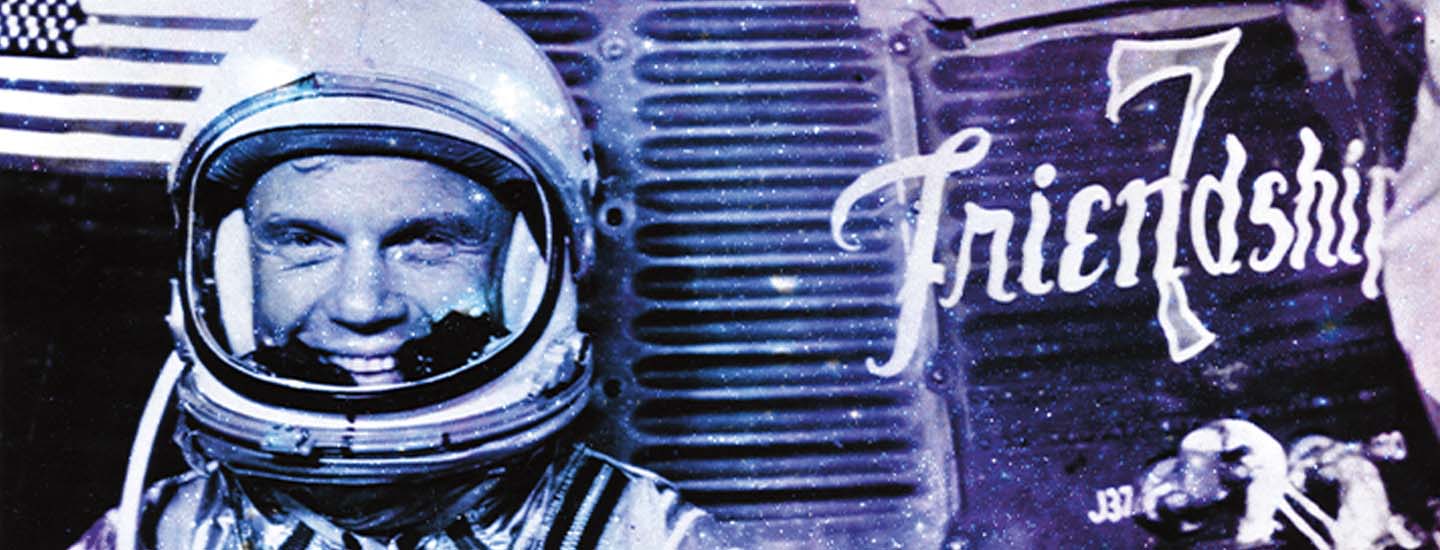He was sealed inside a small metal capsule that was strapped to a rocket powerful enough to launch a nuclear weapon. In just seconds, he would be blasted more than 100 miles up into space to circle the planet—something no American had done before.
Glenn had been training for this moment for years. He was an astronaut in Project Mercury, NASA’s first human spaceflight program.
Hundreds of thousands of Americans watched in person in Cape Canaveral, Florida—and millions of others tuned in on TV—as Glenn roared into space aboard the spacecraft Friendship 7 on February 20, 1962. He circled Earth three times in just under five hours.
Glenn’s success marked a turning point for the United States. At the time, the U.S. was competing with the Soviet Union in a standoff known as the Cold War. The Soviets had topped the U.S. twice in space exploration: sending up the first artificial satellite in October 1957 and the first person to orbit Earth in April 1961.
The U.S. had responded by sending two astronauts into space later that year. But those missions were just to reach space, not to circle the planet, which required more skill. It was Glenn’s mission that proved that the U.S. could compete with—and maybe even beat—the Soviets in space.
How did Glenn’s mission change the nation? And how did it help make the U.S. the global leader in space? Travel back in time to find out.

